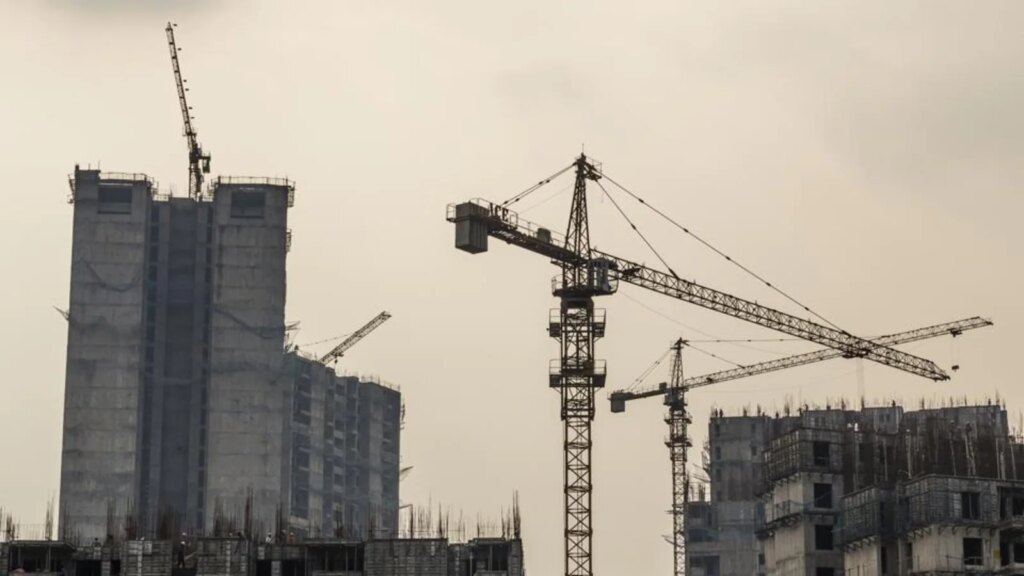CAST-IN-SITU CONCRETE PILES – ALL YOU NEED TO KNOW
Concrete piles are made with reinforced cement concrete is a structural element of a deep foundation, and is vertically driven or drilled deep into the ground at the construction site. Cement Concrete Piles are excellent material using for pile foundation nowadays because cement concrete possesses excellent compressive strength. With the advent of reinforced cement concrete, the R.C.C. (concrete) piles become the most useful types of foundation and replace piles of other products fastly.
Cast-in-situ concrete piles:
Bored cast in situ pile is constructed by digging a hole in the ground by suitable means such as percussive or rotary method with the use of temporary or permanent casing or drilling mud. After that, the construction is finalized by filling the hole with reinforced concrete.
Prior to the commence of pile construction operation
- Prepare construction program that involves main project milestones.
- Prepare and maintain all templates and quality check formats
Setting out pile points
- Set out pile points accurately based on the design drawings. According to IS 2911, the largest allowable tolerance for 60cm pile diameter or more is the greater of 75mm or D/2. For piles with diameter up to 600mm, the tolerance limit is 50mm.
- Mark set out points properly so as the points are clear and fix to avoid detrimental effect of other activities around the area.
- Use total Station or theodolite to set out pile position. Make sure to recheck these points before starting the piling activity. Establish temporary reference points (TR) for this purpose.
Advantages of cast-in-situ concrete piles:
Following are the advantages of the cast-in-situ concrete piles:
- The light weight shells are used in the cast-in-situ concrete piles and these shells are easy to handle and to drive in the ground.
- No extra reinforcement is necessary to resist the stresses developing during the handling or driving operations only. This fact makes them economical.
- There is no wastage of material as the pile of required length is only constructed. Thus, it also eliminates the problems of lengthening or shortening of the pile.
- The piles are sound in construction as they are not driven into the ground by a hammer. The danger of breaking a pile is also thus eliminated.
- If the need arises, the additional piles may be constructed quickly.
- The extra cost of transport of pile is eliminated.
Disadvantages of cast-in-situ concrete piles:
Following are the disadvantages of the cast-in-situ concrete piles:
(a) It is difficult to maintain the reinforcement in correct position during construction of the pile.
(b) For an unreinforced pile, a slight movement of earth may break the pile.

